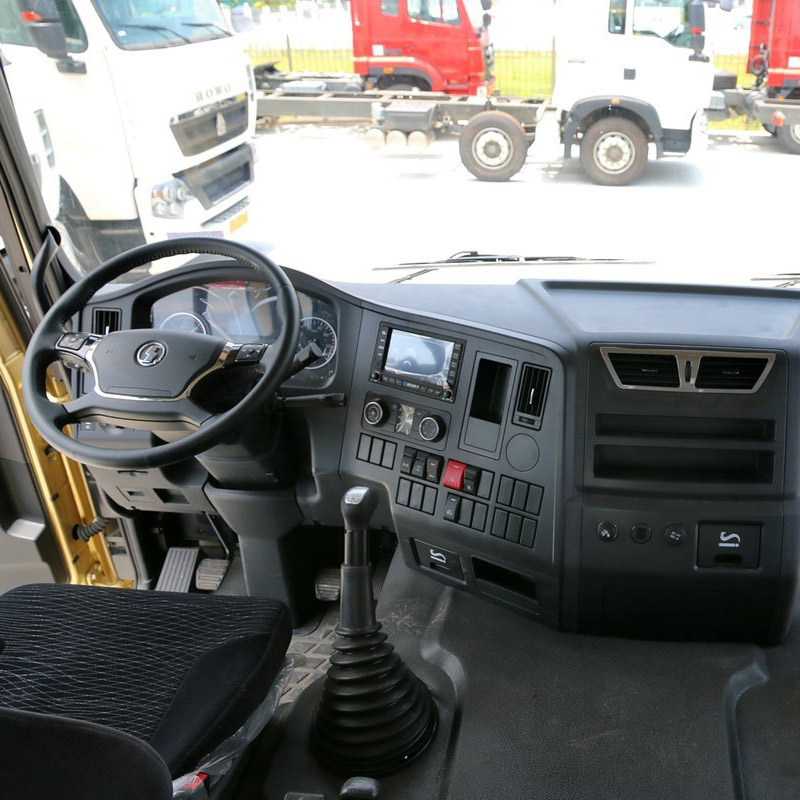The cab of a heavy truck can be classified in a variety of ways, and the following are some common categories:
First of all, according to the height of the cab and sleeper configuration, the cab can be divided into high roof (double bedroom), flat roof (no bedroom or single bedroom) and half height (single bedroom). The high-top cab usually provides double-row sleeping berth, suitable for long-distance transportation; Flat top cab may have no sleeping berth or only single row sleeping berth, suitable for short distance or city distribution; The half-height cab usually has a single berth.
Secondly, according to the purpose and configuration of the Cab, it can be divided into Short Cabs, Day Cabs and Sleeper Cab. Short Cabs improves load length and capacity by reducing cab length, making it suitable for multi-station distribution tasks in busy cities or construction sites. Day Cabs are mainly used for short-distance transportation, with more spacious activity space and storage space than Short Cabs. Sleeper Cab with sleeping berth is suitable for long distance uninterrupted transport.
In addition, depending on the configuration requirements of the model, some heavy truck cabs may be divided into deluxe, upgraded and standard versions. These versions may differ in features and comfort configurations to meet the needs of different users.
From the structural point of view, the heavy truck cab can also be divided into bridge type, front hanging type, rear type and dump type. The bridge cab is arranged on the bridge frame of the vehicle body to provide a comprehensive view; The front hanging cab is located in front of the front, connected to the body through the support, enlarging the activity space; The rear cab is located at the end of the vehicle and is connected to the cargo box to help reduce air resistance. The self-dumping cab has a detachable design, which facilitates the connection and separation between the front and the cargo box during the transportation of goods.
These classifications are not independent of each other, and the actual heavy truck cab may belong to several classifications at the same time. At the same time, as technology develops and the market changes, new cab types may also continue to emerge. Therefore, when choosing a heavy truck cab, it is necessary to comprehensively consider multiple factors such as transportation needs, road conditions, comfort, and safety.

Contact: Saferoad
Email: Saferoad@snailtruck.com
Phone/Whatsapp: +86 19558729116
Add: No. 1, South Of Taifu Road, Liangshan Economic Development Zone